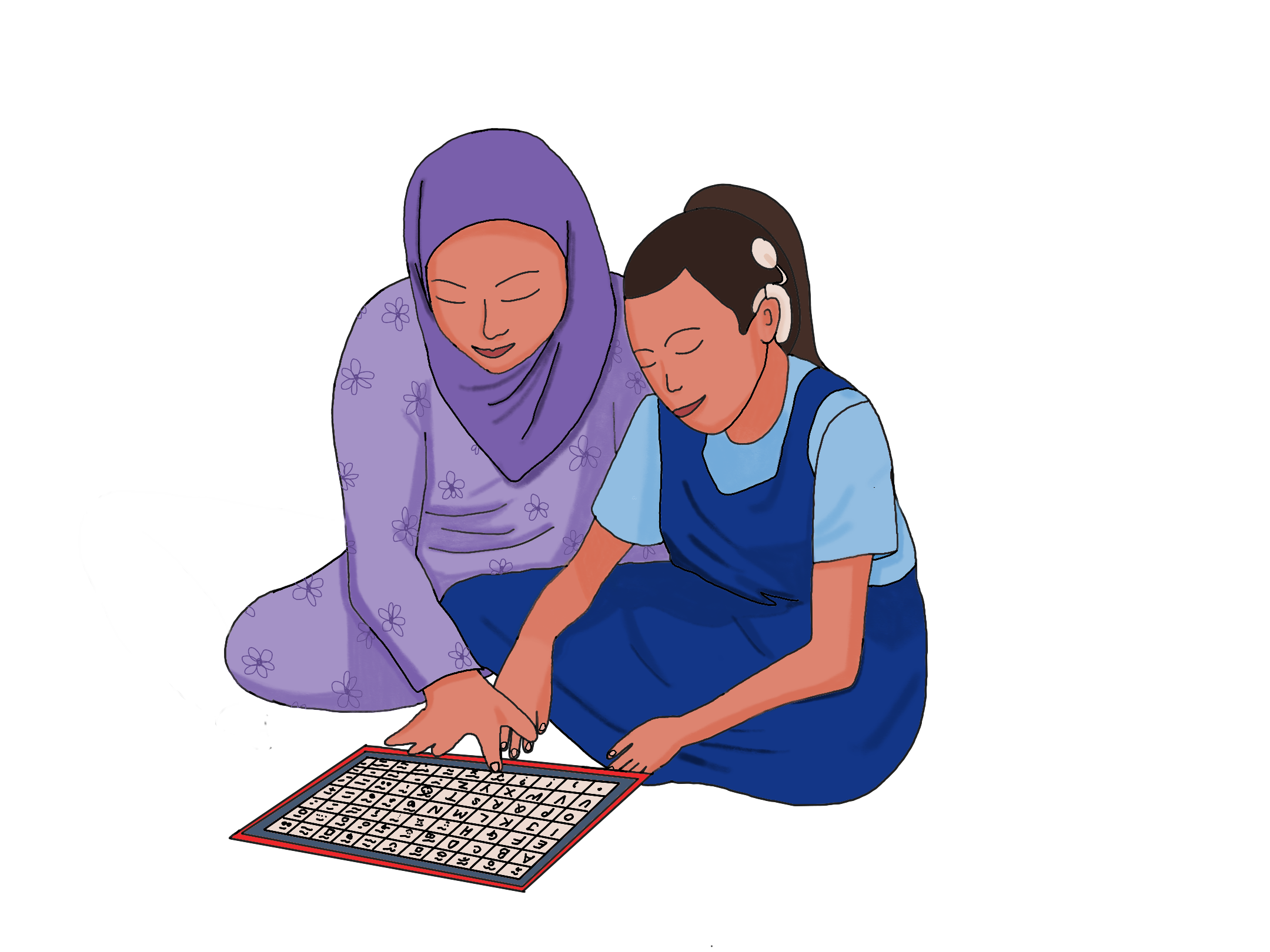Augmentative and Alternative Communication (AAC)
What is AAC?
AAC refers to ‘Augmentative and Alternative Communication’ and often refers to tools or devices that supplement or replace spoken communication. There are two types of AAC - aided and unaided.
Unaided refers to AAC that does not require a physical aid or tool. This can include:
Facial expressions
Sign language
Gestures
Aided refers to AAC that uses tools or material. Aided AAC can be low-tech or high tech.
Low-tech aided AAC can include:
Symbol boards
Communication books
High-tech aided AAC can include:
Speech generating devices
AAC applications on ipads or phones.
What does the research say about AAC?
AAC will NOT keep someone from developing or using natural speech.
AAC tends to have a positive effect on speech production
Improvements in speech following the introduction of AAC are different from individual to individual
AAC enhances an individual’s skills in communicating effectively and independently.
Have more questions about AAC? Contact us now!
Graphics credit to Deborah Young (https://teacherspayteachers.com/Store/Deborah-slt)



